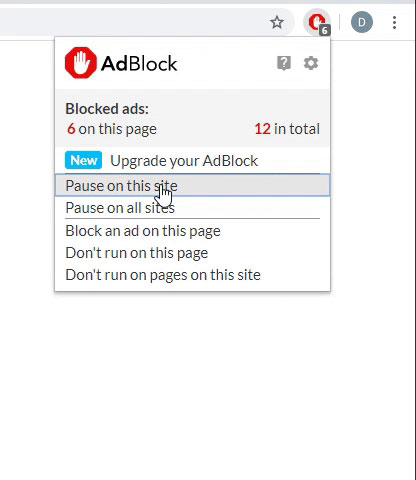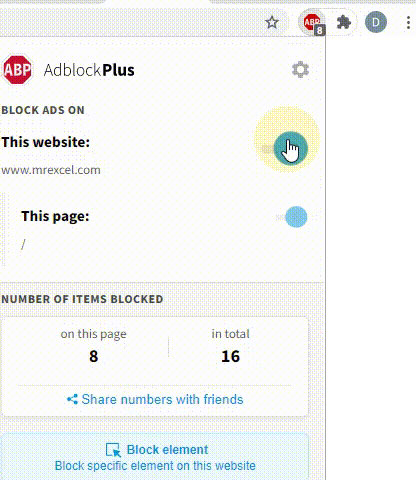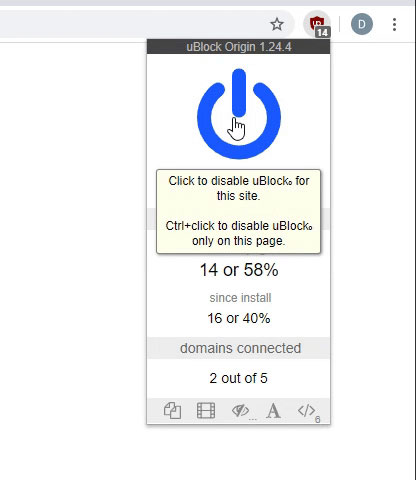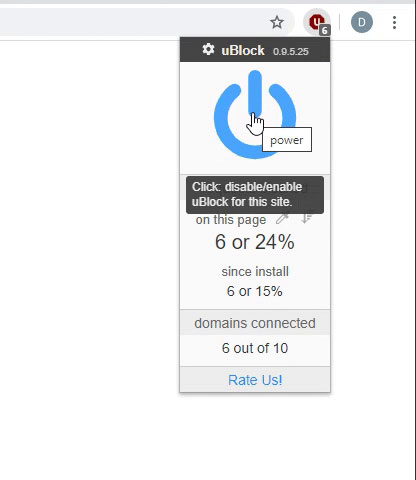dpaton05
Well-known Member
- Joined
- Aug 14, 2018
- Messages
- 2,352
- Office Version
- 365
- 2016
- Platform
- Windows
I have a wb with a drop down menu that correctly references an external wb to get the list but the external wb needs to be open to do so. It is going to be used by more than one person and will be stored on a server. Is there a way to have the external wb open when the cell with the list is selected, retrieve the drop down list then close it? I can't have it open all the time as it stores additional information that could be added to by another user and might be accidentally saved over.
Thanks
Thanks





